Google has been launched great improvement to Ad Extension reporting feature in AdWords where you can review any conversion data for your ad extensions. Ad extensions include location, Site link, call and Product Extensions. In this case, Ad extensions would be part of Google listening. In order to view the conversions for Ad Extensions, you need to login to your Google AdWords account. Within your AdWords account, you may click on the tab called Ad Extensions and select the extension. Then type into it, what you want to use. This can be a Sitelink, Call or Location extension. This post goes over all the different Ad Extensions in Google Adwords. We teach you everything there is to know about them and how to use them.
Data for Ad extensions can only show you how many clicks per Ads, data conversions, impressions per Ads which generated from the link. You can also use the feature like Segment to split and splice the information. Furthermore, Segment feature is useful if you want to see how each extension performed separately from your regular text ads.
Drop down menu show in Segment provides you with many opportunities for analyzing your Ad Extensions such as Click type, Network, Device, Time, Top vs. Other and etc. Each Sitelink does have PPC management feature which can able you to generate the report of how many conversions were directly click.
In reality, Sitelinks are like composing your own lyrics. Sitelinks can boost up CTR and drive traffic and promotions while they can save your precious characters in your text ads. For example, you can use bulk features of AdWords Editor, using any of your PPC management software or AdWords UI’s bundles to report, track, and control on those Sitelinks. Don’t forget to constantly track your link text performance. Ad Extensions are really useful in detecting poor and high level performers.
As for advertisers, Ad Extensions presence global interested with the help of increasing the local number of interest on advertising. They provide enhanced listings on local search results. This means, you ads can gain a high quality scoring with first position on Google front page. For example, you can re-tuning and concentrate only first four links in Ad Extensions. Those which appear to qualify for the campaign may archive high result. Your job is to make sure that text links are appropriate to all the AdGroups within that campaign. As for testing purpose, you can try this in separate campaign.
There are some limitations of Sitelinks which you might need to understand. In Sitelink of Ad extensions, you can only be able to implement on campaign level and this is not for individual Group of Ads. You cannot test it on top AdGroups. In Google Adwords, AdGroups is only place where advertiser can only see the quality scoring requirements. If sitelinks is available at the AdGroup level, that should be great and much easier for advertiser and more target oriented from the management of business perspective.
In Ad extensions, most advertisers saw some percentage of improvement in their click-through-rates of individual text link. So, they can test this on their own.
Back to few years ago, Google has been launched small implementation and significant changes in functional search result of Google search engine. This includes the upgrade and release of several ad extensions. This includes Location ad extensions known as page pin in Google+ engine. Every single PPC Ads in Adwords has standard organic listings for advertiser and most advertisers love Adwords because of this single issue. Sometime, you can see, type of listing people would like to click and tracking individual surfer with clicking on the higher listed PPC ads are greater than the organic & free listings.
The cost-per-click ads really help hundreds or thousands of businesses owner and advertiser to succeed and grow in their business. For example, cost-per-lead and cost-per-acquisition offers more flexible ways to pay for results by Advertiser and business owner. Every Ad extensions are created at the campaign level. These extensions have a feature to extend the information contained in Adwords ads. You can present with additional relevant information where you do not need to change your existing keywords, bids or ad text of existing campaign. There are four kinds of Ad extensions in google Adwords. These are Location extensions, phone extensions, Sitelinks extensions and product extensions. You can use all four kinds of Ad extensions to persuade visitors to your different landing pages and make more visible to show them. In new Google AdWords Communication Ad Extensions advertiser has an option to Request Call or Request Email. These extensions are simple lead generation solution to help you connect with your potential clients and surfers with businesses straight away from the Google search engine result. This is one of the most exciting of extension feature, especially design for those sales people who like to get a phone call over from web forms and emails from their customers.
The visitor or surfer only fills out the Call Request form with their phone number and additional information. Then Google will send out the business contact of that person to you by email with special call forwarding feature. The forward call number will connect to the potential customer without appearing their phone number. This is in case, for the security and privacy purpose, Google by itself have to protect information from surfer until surfer ready to show up for the business.
At the same time, within the Request Call option when surfer fills out the Email Request form. Surfers email address and additional particulars, will send out by Google to the advertiser and business owner personal email. This feature is done by Google email address forwarding service. Advertisers will then be able to view and reply those forwarding mail where Google service can instantly forwards on to the user.
Product listing ads and Product extensions are the best performers for advertisers in United Kingdom, Canada, France, Germany and Finland. It comes with stand-alone ad format, more suitable for those who do online shopping. Shopper can use product information from an advertiser with Google Merchant account. Usually, product ads appear with relevant information for surfers such as product image, product price and product name. An optional promotional message can also be managed using your advertiser’s AdWords account. Product listing ads are only focus for product information to buyers and these listing ads are not designed to support for merchants. In AdWords, one of the well known ads extension is product extension. It comes with ad format where production information can accompany with text ad in standard format with quality keywords. Product extensions use product details provided by advertisers with Google Merchant Account. Product extensions can feature surfers with more than one product available from the merchant. Your client may get a better sense of buying from you if they select your product by clicking through the link and visit to your site.
To ensure your advertising campaign is correct and effective, you need to use both methods. Anytime, you can option out the product extensions if you do not want it. You can either enable or disable campaign for product listing ads if product extension does not appear correctly. Doing this, you can remove text ads or all keywords from the campaign. You can link or unlink your campaign with your Merchant Center account or separating different kind of campaign for your product listings.



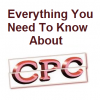

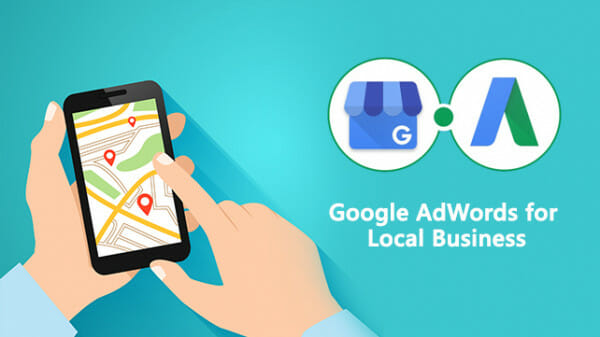
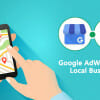
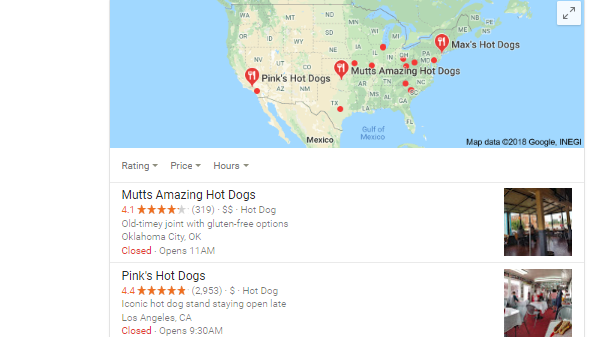
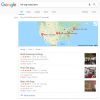
schnappsbarruapehu.com
January 23, 2013 at 6:13 am
I think everything posted made a bunch of sense.
However, consider this, suppose you wrote a catchier post title?
I mean, I don’t want to tell you how to run your blog, but what if you added a post title to possibly get a person’s attention?
I mean Ad Extensions in Google Adwords is kinda plain. You might look at Yahoo’s home page and watch how they create news titles to grab people interested. You might add a related video or a related pic or two to get readers excited about everything’ve got to say.
Just my opinion, it could bring your website a little livelier.
John Rampton
January 23, 2013 at 10:49 am
Thanks for the comment. We try to write titles to which we can rank well for and that relate well to the blog. Also, we have tons of different people writing the posts. Love to have you write a very clever one!